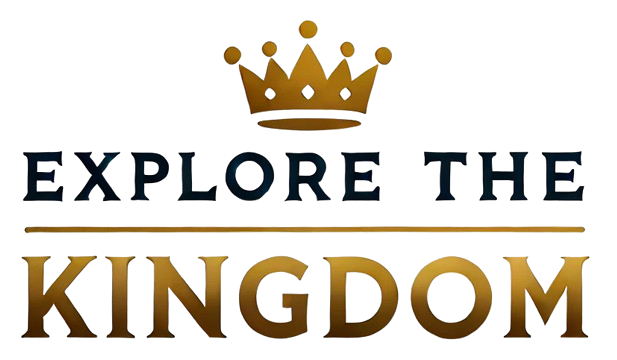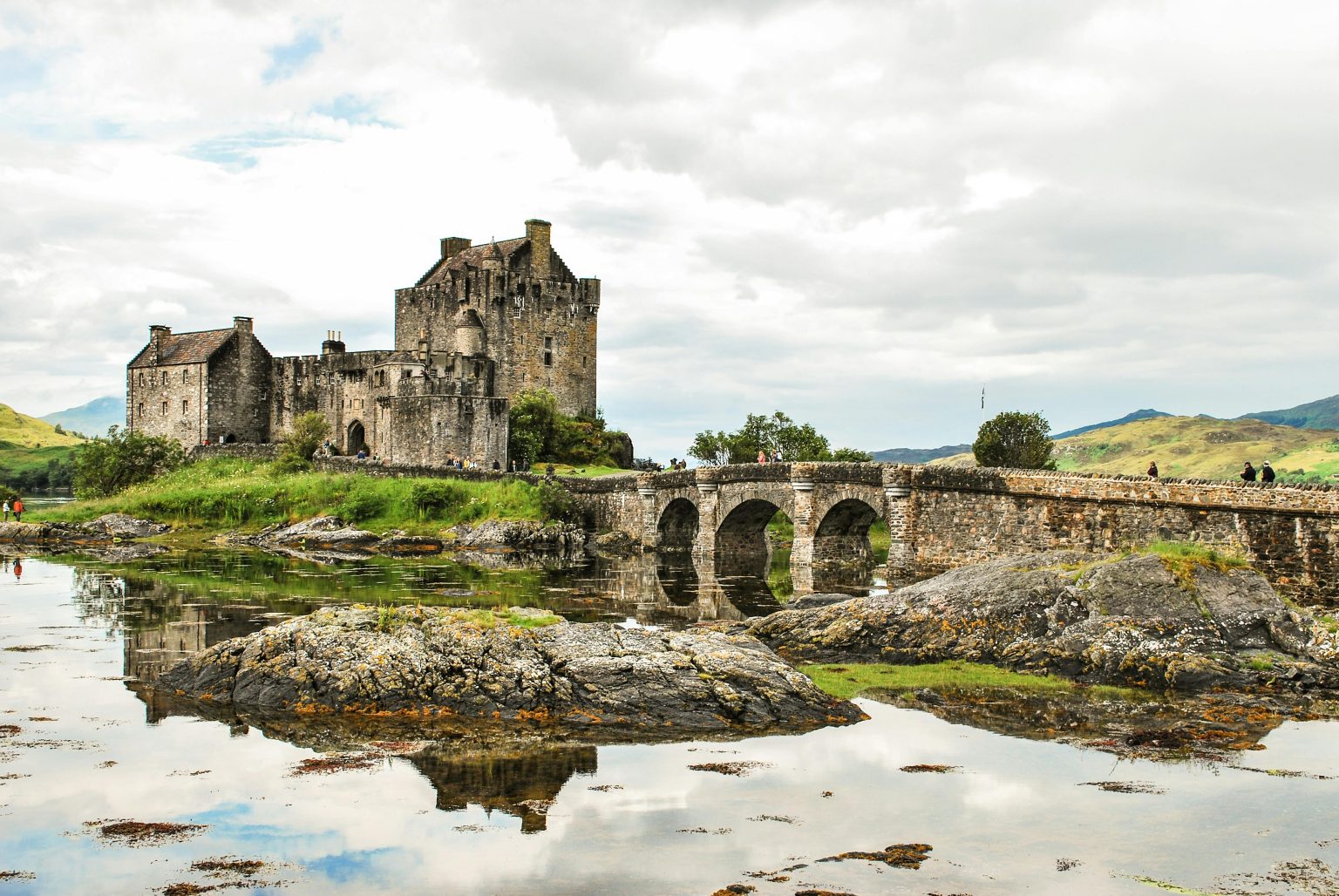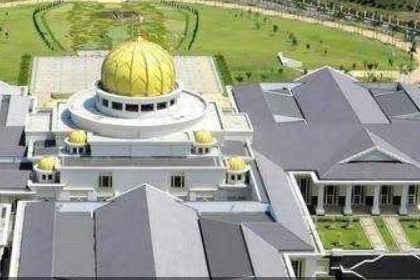The concept of monarchy, a system of governance where a single individual, the monarch, serves as the head of state, has played a pivotal role throughout human history. From the ancient empires of Mesopotamia to modern constitutional monarchies, the evolution of kingdoms reflects humanity’s complex social, political, and cultural dynamics. This article delves into the historical journey of monarchies, exploring their origins, transformations, and the impact they have had on contemporary governance.
The Origins of Monarchy
The roots of monarchy can be traced back to the earliest civilizations. In ancient Mesopotamia, around 3000 BCE, city-states emerged, each led by a king often seen as a divine representative of the gods. The Sumerians, Akkadians, Babylonians, and Assyrians established powerful dynasties, with kings wielding absolute authority. These early monarchs were responsible for maintaining order, collecting taxes, and leading their people during war.
The concept of divine right became a significant aspect of monarchies, where rulers claimed a higher power sanctioned their authority. This belief helped to legitimize their rule and foster loyalty among subjects. The Egyptian pharaohs exemplified this idea, as they were considered gods on earth, responsible for the prosperity and security of their kingdom.
The Rise of Empires
As civilizations progressed, so did the complexity of their political structures. The rise of empires marked a significant evolution in monarchy. The Persian Empire, for instance, unified various tribes and cultures under a centralized rule, with kings like Cyrus the Great and Darius I expanding their territories through military conquest and diplomacy.
In Asia, the Maurya and Gupta Empires in India showcased sophisticated governance systems that integrated diverse populations. The Mauryan Emperor Ashoka, known for his promotion of Buddhism and non-violence, established a model of governance that emphasized moral leadership and social welfare.
In Europe, the fall of the Western Roman Empire in the 5th century CE led to the fragmentation of power. Feudalism emerged as a dominant social structure, with local lords ruling their territories while pledging allegiance to a higher monarch. This decentralized system created a patchwork of kingdoms, each with its customs and laws.
The Medieval Period: A Time of Turmoil and Transformation
Significant changes in the structure of monarchies marked the medieval period in Europe (roughly 500 to 1500 CE). King’s power often fluctuated, influenced by external threats such as Viking invasions, the Crusades, and internal strife among nobles. Monarchs like Charlemagne sought to consolidate power, establishing the Carolingian Empire and promoting a revival of learning and culture.
The Magna Carta of 1215 is a landmark document in the history of the monarchy. Signed by King John of England, it established the principle that the king was subject to the law, laying the groundwork for constitutional limits on royal authority. This shift began the gradual transition from absolute monarchy to constitutional governance.
In contrast, the Byzantine Empire maintained a strong centralized authority with emperors who wielded immense power. Byzantine rulers, such as Justinian I, sought to revive Roman glory and expand their influence, reflecting the enduring legacy of ancient monarchies.
The Renaissance and the Age of Absolutism
The Renaissance, spanning the 14th to the 17th centuries, brought about a renewed interest in classical knowledge and humanism. This intellectual movement influenced monarchies, leading to the emergence of absolute monarchies across Europe. Kings like Louis XIV of France epitomized this trend, famously declaring, “L’État, c’est moi” (I am the state). Under his reign, the French monarchy centralized power, with Versailles symbolizing royal authority.
During this period, the divine right of kings was reaffirmed, with monarchs claiming their sovereignty as ordained by God. However, the tension between absolute rulers and emerging democratic ideals began to surface, foreshadowing future conflicts. The English Civil War and the Glorious Revolution of 1688 were pivotal moments that challenged the notion of absolute monarchy, leading to constitutional monarchy in England.
The Age of Revolutions and Decline of Monarchies
The late 18th and early 19th centuries witnessed a wave of revolutions that reshaped the political landscape. The American Revolution (1775-1783) and the French Revolution (1789-1799) challenged the traditional structures of monarchy. The French Revolution, in particular, dismantled the feudal system and executed King Louis XVI, signaling a decisive shift towards republicanism and democratic governance.
The rise of nationalism further complicated the monarchy’s role. In many regions, the desire for self-determination led to the unification of nation-states, often at the expense of monarchies. The unification of Germany and Italy in the 19th century showcased how emerging national identities could overshadow royal lineage.
Despite these challenges, some monarchies adapted to the changing political climate. In the 19th century, constitutional monarchies emerged, where monarchs shared power with elected representatives. Countries like Sweden, Norway, and the United Kingdom gradually transitioned to parliamentary systems, allowing greater public participation in governance.
Modern Monarchies: A Blend of Tradition and Change
Today, monarchies exist in various forms across the globe. Some, like Saudi Arabia, maintain absolute power, while others, such as the United Kingdom and Japan, have transitioned to constitutional monarchies. The symbolic role of the monarch has become increasingly important, representing national identity and continuity.
Modern monarchies face unique challenges, including debates over their relevance in contemporary society. Public opinion often influences the monarchy’s status, with some nations witnessing movements to abolish or reform royal institutions. The British monarchy, for instance, has navigated scandals and public scrutiny, yet it still holds significant cultural importance.
The evolution of monarchies also reflects broader social changes. Gender equality issues have prompted discussions about female succession, as seen in the recent changes to the British line of succession, allowing for equal rights for male and female heirs.
Conclusion
The evolution of kingdoms and monarchies is a testament to humanity’s quest for governance, stability, and identity. From ancient divine rulers to modern constitutional monarchs, the history of monarchy is a complex tapestry woven with threads of power, culture, and societal change. As we move forward, the legacy of monarchies will continue to shape the political landscape, reminding us of the enduring influence of history on our present and future.
In a world where traditional power structures are constantly evolving, monarchies’ journeys serve as mirrors reflecting the values, struggles, and aspirations of societies throughout time. Whether as symbols of national unity or as subjects of debate, monarchies remain a significant aspect of our shared human experience.



